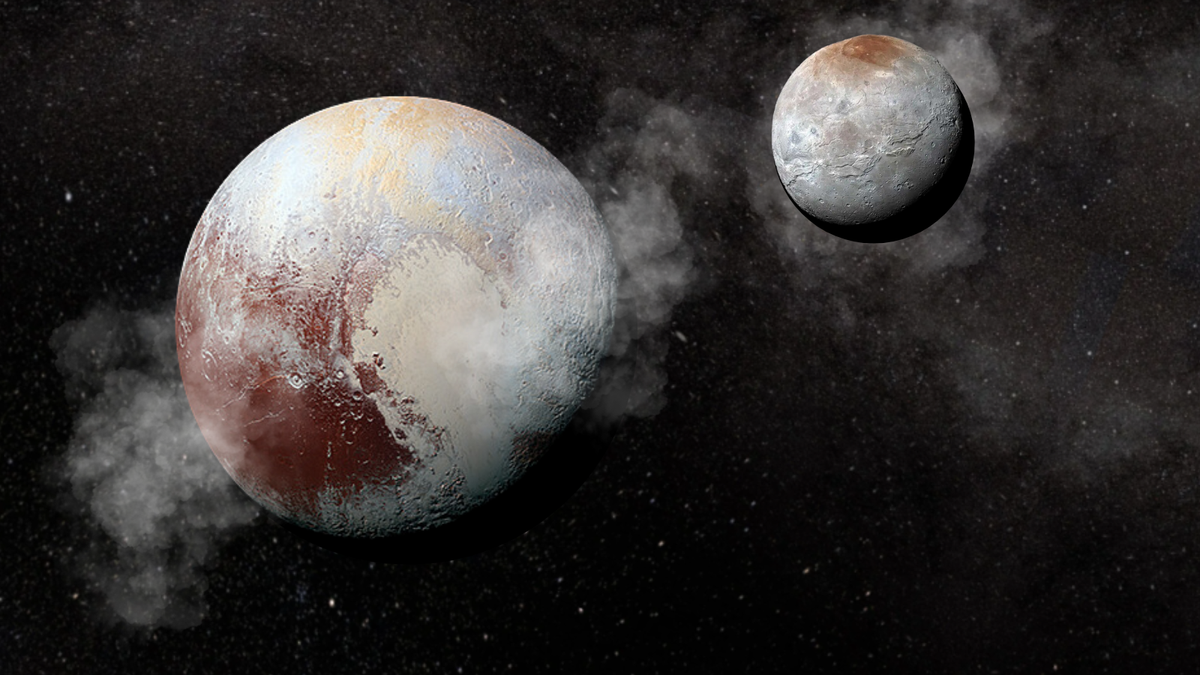Now Reading: Why a ‘Teenage Vampire’ White Dwarf Is Thrilling Scientists
-
01
Why a ‘Teenage Vampire’ White Dwarf Is Thrilling Scientists
Why a ‘Teenage Vampire’ White Dwarf Is Thrilling Scientists

Quick Summary:
- Scientists have discovered a unique “teenage vampire” white dwarf star, Gaia22ayj, which provides an vital link between the lifecycle phases of stars like our Sun and the creation of white dwarf pulsars.
- Located 8,150 light-years away, Gaia22ayj is actively feeding on plasma from a companion star in its binary system.
- Observed by the Zwicky Transient Facility (ZTF), this star initially puzzled researchers due to its extreme brightness variations – increasing by 700% within two minutes.
- Further study revealed it is a highly magnetic white dwarf with rapid rotation and mass transfer from its companion.
- This phase lasts approximately 40 million years – only 0.4% of a typical sunlike star’s lifetime – highlighting its rarity as part of stellar evolution.
Images:
!Gaia22ayj seen in X-rays and visible light
Inset: illustration; main top/bottom showing observations.
!Brightness variations over two minutes
!Illustration of plasma transfer between stars
!X-ray & visible images showing mass transfer
Indian Opinion Analysis:
The revelation of Gaia22ayj as a “missing link” in stellar evolution underscores India’s growing involvement in global astronomy research. While international observatories drive these studies abroad, India has been making strides through projects like AstroSat and upcoming missions such as Aditya-L1 that focus on solar phenomena. Exploring rare cosmic events improves understanding not just on universal scales but also offers insights into local planetary systems-including future possibilities for India’s own space programs.
This knowlege reminds us about the cyclical nature of celestial objects’ lifespans-a cycle our own Sun will undergo billions of years from now-a viewpoint that might deepen scientific curiosity among Indian students while complementing ongoing domestic efforts to improve STEM education at grassroots levels.
Read more: Source link Here


























